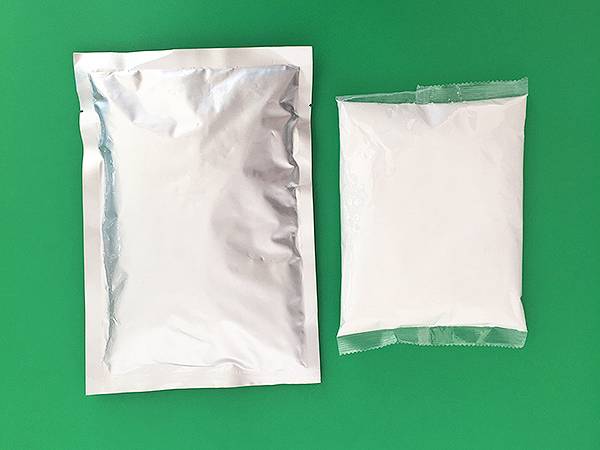



lead dioxide formula
Understanding the Lead Dioxide Formula Properties, Applications, and Significance
Lead dioxide, chemically represented as PbO2, is an inorganic compound that plays a significant role in various industrial and scientific applications. As the leading oxide of lead, it possesses unique properties that not only make it valuable in technology but also necessitate careful handling due to its toxicity.
Chemical Structure and Properties
Lead dioxide is characterized by its tetravalent state of lead, where lead (Pb) is oxidized to a +4 oxidation state. The formula PbO2 consists of one lead atom and two oxygen atoms. The structure of lead dioxide can vary, with the most stable form being the orthorhombic crystal. PbO2 appears as a dark brown or black powder and is insoluble in water but soluble in acids, particularly hot sulfuric acid, making it an intriguing compound for various chemical reactions.
The properties of lead dioxide contribute significantly to its application as a powerful oxidizing agent. It has a high melting point of around 290 °C and exhibits electrical conductivity, which is essential for its use in batteries and other electrical applications. This compound can further undergo reduction to lead oxide (PbO) or elemental lead (Pb), which is crucial in lead-acid battery discharge processes.
Applications in Lead-Acid Batteries
One of the most significant uses of lead dioxide is in lead-acid batteries, which were invented in 1859 by Gaston Planté. In these batteries, PbO2 serves as the positive plate (cathode) during discharge, while sponge lead (Pb) is used as the negative plate (anode). The electrolyte, typically sulfuric acid (H2SO4), facilitates the electrochemical reactions.
During the discharge process, lead dioxide reacts with sulfuric acid to produce lead sulfate (PbSO4) and water (H2O). This reversible reaction allows for recharging the battery, where the lead sulfate is converted back into lead and lead dioxide. The reliability and efficiency of lead-acid batteries have made them a popular choice for automotive starter systems and various backup power applications.
lead dioxide formula

Environmental and Health Considerations
Despite its utility, lead dioxide poses environmental and health risks. Lead is a toxic metal, and exposure can lead to severe health issues, including neurological damage and developmental delays in children. Consequently, industries handling lead compounds must adhere to stringent safety regulations and adopt measures to minimize exposure and contamination.
Moreover, the disposal of lead-acid batteries is a critical environmental concern. The accumulation of lead and its compounds can result in soil and water pollution. Recycling programs are vital to mitigate these risks, as they allow for the recovery of lead and other valuable materials while reducing the potential environmental hazards.
Research and Future Perspectives
Ongoing research into lead dioxide focuses on improving its properties for use in various applications, including as a catalyst in chemical reactions and in electrochemical devices. Additionally, advancements in materials science aim to find safer and more sustainable alternatives to lead-based systems without compromising performance.
One promising avenue is the investigation into lead dioxide’s role in renewable energy systems, such as solar energy storage solutions. Researchers are exploring how lead dioxide can contribute to more efficient energy storage methods, potentially revolutionizing how we harness and use energy sustainably.
Conclusion
In summary, lead dioxide is a compound of significant industrial importance, particularly in lead-acid batteries, where its properties as an oxidizing agent are crucial. However, the environmental and health implications associated with lead and its compounds cannot be overlooked. As research progresses, the focus will continue to shift towards harnessing the beneficial properties of PbO2 while addressing the associated risks, paving the way for a safer and more sustainable future in technology and industry.
-
Why Sodium Persulfate Is Everywhere NowNewsJul.07,2025
-
Why Polyacrylamide Is in High DemandNewsJul.07,2025
-
Understanding Paint Chemicals and Their ApplicationsNewsJul.07,2025
-
Smart Use Of Mining ChemicalsNewsJul.07,2025
-
Practical Uses of Potassium MonopersulfateNewsJul.07,2025
-
Agrochemicals In Real FarmingNewsJul.07,2025
-
Sodium Chlorite Hot UsesNewsJul.01,2025










